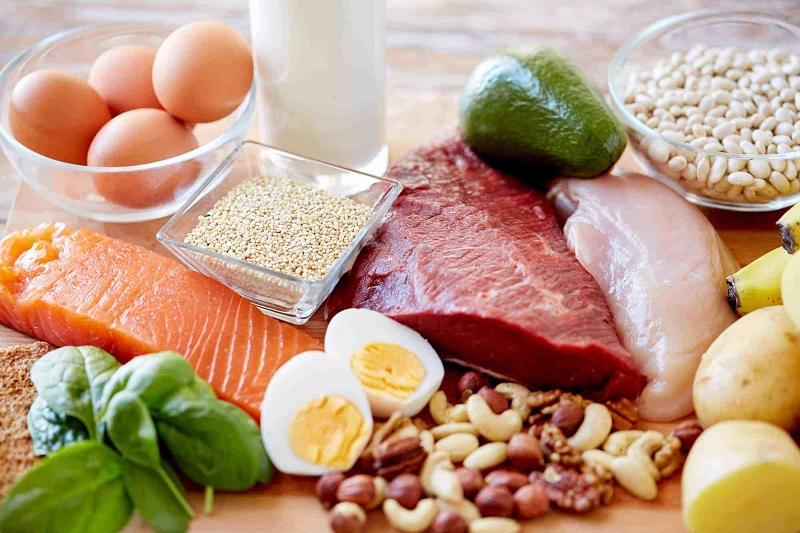Tired and nervous children? Stock up on B vitamins
Listlessness, concentration decline, difficulty in waking up to go to school. Signs of a drop in children’s energy, typical of the spring period. Which may be accompanied by a worsening mood and even minor illnesses. Such as tummy aches and headaches. Here are the tips for tired and nervous children
Even children are subject to these reactions associated with the transition from winter to spring. With changes in temperature and changes in the rhythm of the hours of light-darkness to which the body. Often tried by the accumulation of tiredness in the school year, must adapt gradually.
What to do for tired and nervous children
First of all, take care of the rest and the hours of sleep. Which in school-age should be at least ten hours.
In the final phase of the school year, it may be useful in some cases to lighten the burden of “work” of children.
Favor a healthy diet: limiting the intake of simple sugars (fruit juices, snacks, various sweets). And increasing fresh fruit and vegetables, vitamin-rich foods, are winning strategies. Without forgetting that whole grains are preferable to refined ones. And that legumes are also an excellent source of protein.
Supplement the B group vitamins. In addition to being balanced in quantity and quality, nutrients must then be transformed to be used as “fuel”. For this process the B group vitamins are essential. That even if they do not supply calories, allow to properly metabolize the food. And activate the mechanisms of transformation of the nutrients into energy.
Among their specific functions: the increase in the absorption of carbohydrates, to the benefit of cognitive activities, a role on the central nervous system in favor of mood. And the maintenance of the normal function of the immune system.
B vitamins, what they are
Sometimes we talk generically of “vitamin B”; it is instead a group composed of eight water-soluble vitamins, that is to say, that they dissolve in water: B1 or thiamine, B2 or riboflavin, B3 or PP or niacin, B5 or pantothenic acid, B6 or pyridoxine, B7 (or H is also known as biotin ) B9 and B12.
The vitamin B12 is different from others because it is found only in animal foods. Contributes to the production of red blood cells and counteracts the reduction of hemoglobin. Since it is not present in vegetables those who follow vegetarian diets must introduce it with specific supplements.
Where are the B vitamins found? Food sources
Group B vitamins are mainly found in foods of animal origin, whole grains, legumes, dried fruit, green leafy vegetables. In detail:
-Vitamin B1 – whole grains, brewer’s yeast and wheat germ, legumes, liver, pork, and dried fruit.
-Vitamin B2 – is found in most foods of animal and vegetable origin, particularly in milk, brewer’s yeast, eggs, meat, and green vegetables, and also in cheeses and liver.
-Vitamin B3 – is found in whole grains, in legumes and in-shell nuts and also in the liver, in fish, in meat.
-Vitamin B5 – is found in the liver and brewer’s yeast. And also in eggs and legumes.
-Vitamin B6 – found in fatty fish (such as tuna and salmon), whole grains, legumes, meat, nuts, and vegetables.
-Vitamin B8, (also called vitamin H) is found in the liver, in eggs, in legumes, in meat, and in fish. And also in nuts and whole grain nuts.
-Vitamin B9 (folic acid) – is contained in green leafy vegetables (spinach, broccoli, asparagus, lettuce, cabbage) in legumes, in fruits such as citrus fruits, kiwi and strawberries, in whole grains and in yeast. And also in the liver, cheese, and eggs.
-Vitamin B12 – is present in the liver, eggs, meat, fish, and molluscs and in smaller quantities in milk. It is not present in vegetable products and in yeast.
-In particularly stressful periods for children, such as season changes, convalescence or lack of appetite, it may be useful to supplement the diet with a multivitamin based on B vitamins.
















